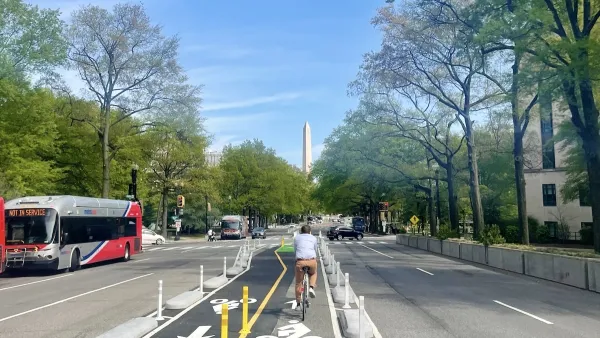The Public Interest Design Institute encourages architects to embrace participatory approaches in design that address complex social needs; demonstrating that it's possible to "make a career as an architect serving those who need the most help."
For Bryan Bell, founder of the Public Interest Design Institute, a two-day training course offered at universities across the U.S. and initially funded by AIA, architects are facing a more fundamental problem than the economic crisis. Bell, in line with other industry innovators including Architecture for Humanity, Design for the Other 90%, and Public Architecture, feels that the architectural field is falling short of fulfilling its potential to offer design solutions for the challenges of the 21st century. “The objective of the institute is to help students and practitioners make a career as an architect serving those who need the most help,” writes Angie Schmitt, adding, “[w]hat’s revolutionary about [it] is that it teaches that architects can fully dedicate themselves to public service work and at the same time make a living.”
Bell’s approach to architecture goes past important environmental factors such as building performance and sustainability by focusing on social factors. His SEED (Social Economic Environmental Design) rating system prioritizes participation and inclusion of stakeholders, challenging architects to respect places and communities, while also addressing multiple challenges simultaneously. “Award recipients must also demonstrate—with data—positive impacts on public health, the local economy, educational achievement, or any number of social benefits, all depending on the community’s need,” writes Schmitt.
“A lot of people are saying, ‘Wow, we didn’t realize design could address these issues. We thought design was just making things pretty,’” Bell says. “We need to go out into the community and prove what design can do.”
FULL STORY: Public Interest Design Institute Asks, ‘Who do Architects Work For?’

Planetizen Federal Action Tracker
A weekly monitor of how Trump’s orders and actions are impacting planners and planning in America.

Chicago’s Ghost Rails
Just beneath the surface of the modern city lie the remnants of its expansive early 20th-century streetcar system.

San Antonio and Austin are Fusing Into one Massive Megaregion
The region spanning the two central Texas cities is growing fast, posing challenges for local infrastructure and water supplies.

Since Zion's Shuttles Went Electric “The Smog is Gone”
Visitors to Zion National Park can enjoy the canyon via the nation’s first fully electric park shuttle system.

Trump Distributing DOT Safety Funds at 1/10 Rate of Biden
Funds for Safe Streets and other transportation safety and equity programs are being held up by administrative reviews and conflicts with the Trump administration’s priorities.

German Cities Subsidize Taxis for Women Amid Wave of Violence
Free or low-cost taxi rides can help women navigate cities more safely, but critics say the programs don't address the root causes of violence against women.
Urban Design for Planners 1: Software Tools
This six-course series explores essential urban design concepts using open source software and equips planners with the tools they need to participate fully in the urban design process.
Planning for Universal Design
Learn the tools for implementing Universal Design in planning regulations.
planning NEXT
Appalachian Highlands Housing Partners
Mpact (founded as Rail~Volution)
City of Camden Redevelopment Agency
City of Astoria
City of Portland
City of Laramie





























